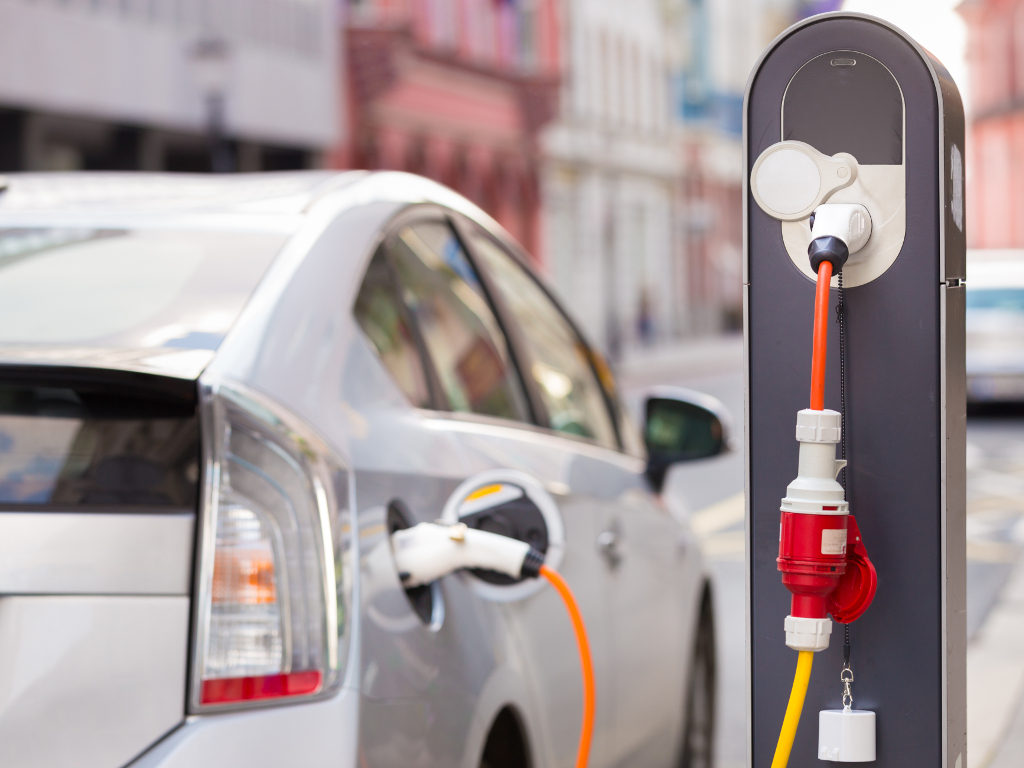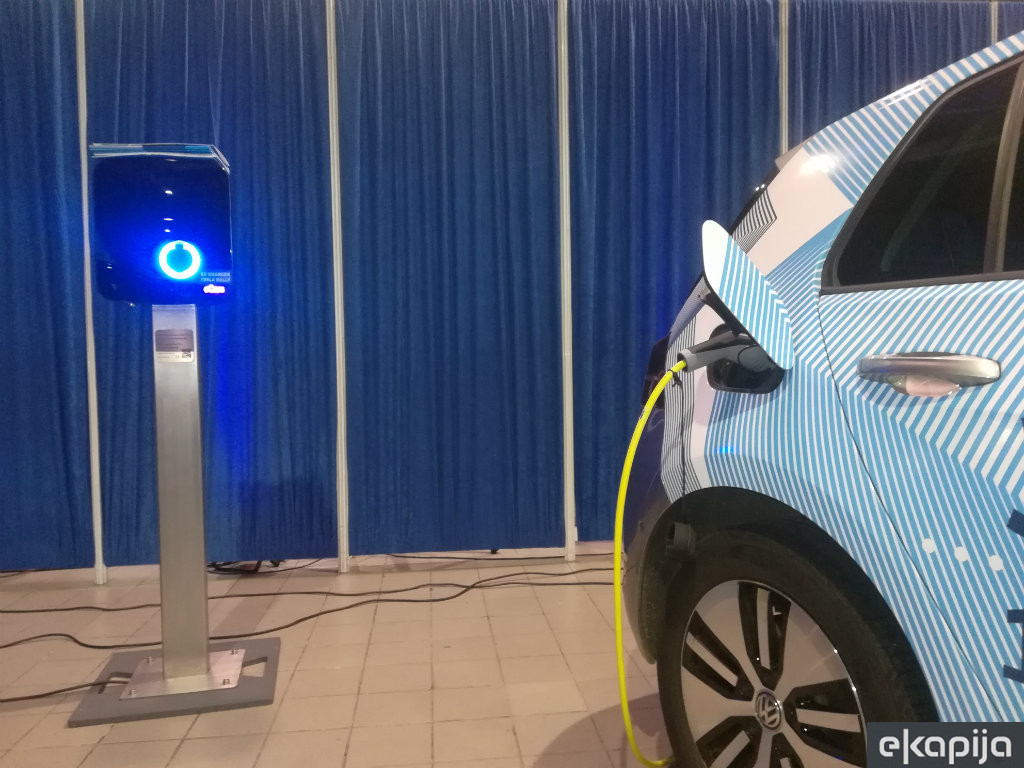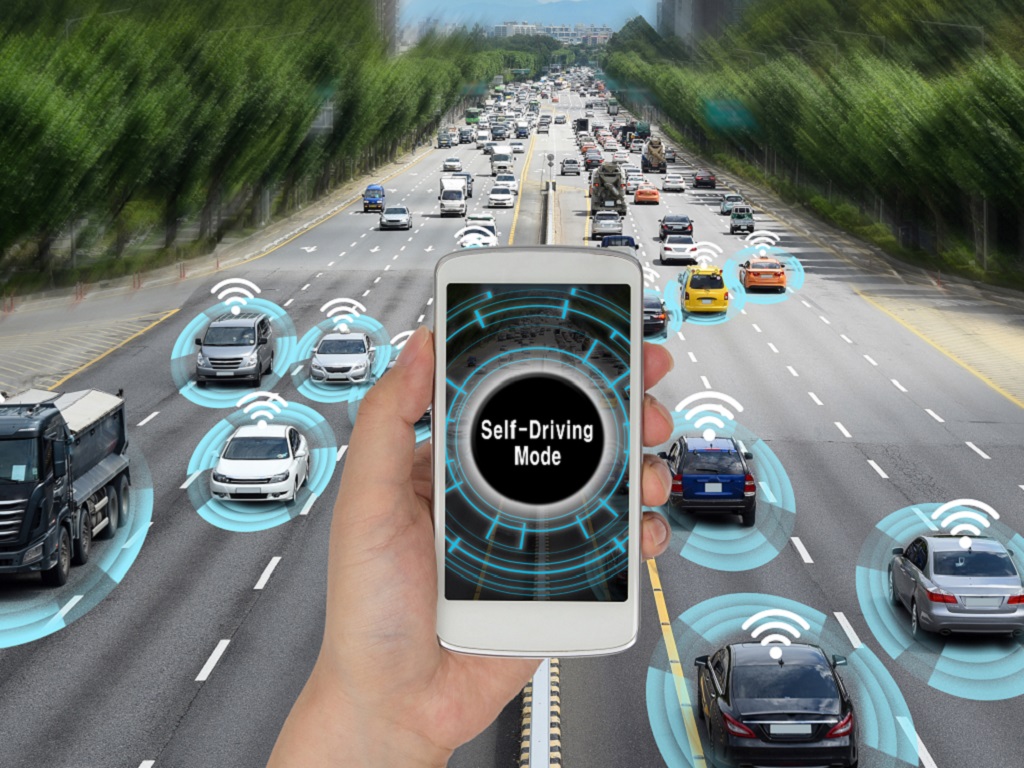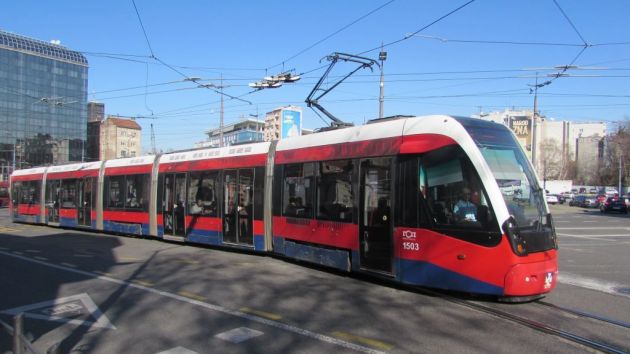We Will Ride in Driverless Taxis and Get Food Delivered by Drones – What Are the Advantages and Challenges of the Smart Mobility We Are Heading Toward?
 Sunday, 19.03.2023.
Sunday, 19.03.2023.
 14:10
14:10

As he emphasized, the changes are taking place fast and are especially visible in the past few years.
– The demand for batteries for electric vehicles in 2020 was 45% higher compared to 2019, whereas the demand trend further doubled, so in 2021 it was 90% – Strugar explained the growth curve and added that, at that moment, the most available form of the charging of electric vehicles was with lithium-ion batteries.
As he pointed out, considering that we know about the problems that occur during the production of those batteries, their recycling is being considered.
– They are characterized by high energy and strength, a long life cycle (8 to 10 years), modularity and relatively low prices. They could also be used as storage for electrical energy on the grid, that is, for the storage of renewable energy. The battery production technology has improved with time, which entails a reduction in costs, improved safety, extended mileage and a quicker battery charging – he added.

As Strugar emphasized, at the moment, it is estimated that there are 1.2 million electric vehicle chargers in the world.
– This is a vicious circle situation, where, on one hand, the lack of a sufficient number of charging spaces leads to a limited increase in the number of electric cars, and on the other, to increase investments in the infrastructure, a higher number of guarantees when it comes to the increase in the number of these vehicles is needed – Strugar clarified.
According to Nemanja Malasevic of the Kinto Join company, the simplest form of green transport is public transport.
– That way, the biggest number of people is transported, for example, from home to work, but this form of transport is not popular, primarily due to the lack of comfort. People don’t like to ride on crowded vehicles, they want their own space that they have in the car. We use the data from various devices, mobile phones, and then develop, from that data, the optimal way for moving from one location to another – Malasevic clarified.
As an illustration, he cited the experiment done in Portugal in 2022 when schools and clubs organized the transport of children by shuttle systems.
– The saving on CO2 emissions amounted to around 40 tons. Today, systems are already being prepared where the mobile phone is connected with the car and the system itself is capable of optimizing the way you move by using data – he points out.
Do we have enough staff for this revolution?
– We have come to the idea of launching new master study programs in order to secure highly specialized human resources who will work in Serbia, and we are witnessing the arrival of several investors from the automotive industry. They are satisfied with our engineers, and because distribution has not yet been done in that field, our opportunity could lie in the production of vehicle batteries – Aleksandra Tomic of the Innovation Center of the Faculty of Mechanical Engineering in Belgrade, emphasized in her presentation.
Tomic added that there had been a great interest in technical sciences in the preceding five years and that the economy should be built on knowledge and patents.
According to David Miltenovic of the eMobil company, when you buy an electric car, the first problem is charging.
– People often don’t know where they can charge their electric car, how much it costs, how long the charging lasts. Our app help drivers with these questions. There are also efforts to boost the electric chargers so that people in transit could charge them in Serbia – he explains.
He adds that, at the moment, they are installing Dutch chargers, but that the aim is for there to be more chargers, to simplify to the charging process itself and to have it not last too long.
The future could also look like this: food will be delivered by drones, and electric taxi vehicles will be autonomous and driverless. This also requires the passing of certain regulations.
– We are currently working on the problems of improving the performances of smart cars. For example, the Tesla car has a camera which, if it gets fogged up, it doesn’t know where to go. Also, sometimes while riding, the computer cannot tell if it’s a truck or a bus in front of you. It’s difficult to make a system which is aware of its environment, but there are certainly efforts to improve these vehicles’ options. When it comes to delivery by drones, the situation is whether you are willing to have a large number of drones flying above your head – clarifies Milos Petrasinovic of the Faculty of Mechanical Engineering.
He adds that those are the challenges that we will face in the coming years, where such things become our reality.

In the years ahead, car manufacturers will be thinking about how to produce the most intelligent and efficient vehicle possible, but energy will remain one of the biggest challenges.
– There is a strong connection between the development of electric cars and a smart power grid. A smart grid begins with a smart measuring of electrical energy and that is the kind of a grid that a system of smart chargers can rely on, to which smart cars are then connected – Strugar explains and adds that each driver of an electric car wants to get rid of the fear that their battery will run out.
As he further says, each smart car driver wants to set the final destination and have the vehicle inform them how many chargers are available at that destination or nearby.
– That way, the driver can decide where to charge the vehicle, where to take a break. Today, the situation is that you end up charging your car in roaming, at different prices and charging rates. It’s the same as with mobile telephony. In Montenegro, there are 500 electric cars and it’s not a problem to build chargers for them, but the drivers don’t know where they can charge them and where they can go. The infrastructure is a big challenge, and it can’t be solved without the state – Strugar concluded.
S. Maricic
 Mašinski fakultet Beograd
Mašinski fakultet Beograd
Naš izbor
Most Important News
06.04.2024. | Agriculture
Preconditions for Placement of Fresh Blueberries and Dried Plums in Chinese Market Secured

16.04.2024. | News
Jovan Ciric, Leasing Director Retail MPC Properties – MPC Echo symbolizes our desire for good ideas and innovative endeavors to spread freely and bring about positive changes

16.04.2024. | News
10.04.2024. | Finance, IT, Telecommunications, Tourism, Sports, Culture
Creative Industry – What This Serbian Economy Sector Worth EUR 2 Billion Encompasses

10.04.2024. | Finance, IT, Telecommunications, Tourism, Sports, Culture
18.04.2024. | Industry, Finance
Here come the new hunters for Serbian gold – Australian Strickland Metals buys mining project on mountain Rogozna

18.04.2024. | Industry, Finance
16.04.2024. | News
Economy Fair in Mostar opens – 26 companies from Serbia exhibiting

16.04.2024. | News
18.04.2024. | Transport
Jovanovic: Purchase of Siemens trams produced in Kragujevac for GSP Beograd should be considered

18.04.2024. | Transport


 Izdanje Srbija
Izdanje Srbija Serbische Ausgabe
Serbische Ausgabe Izdanje BiH
Izdanje BiH Izdanje Crna Gora
Izdanje Crna Gora


 News
News










